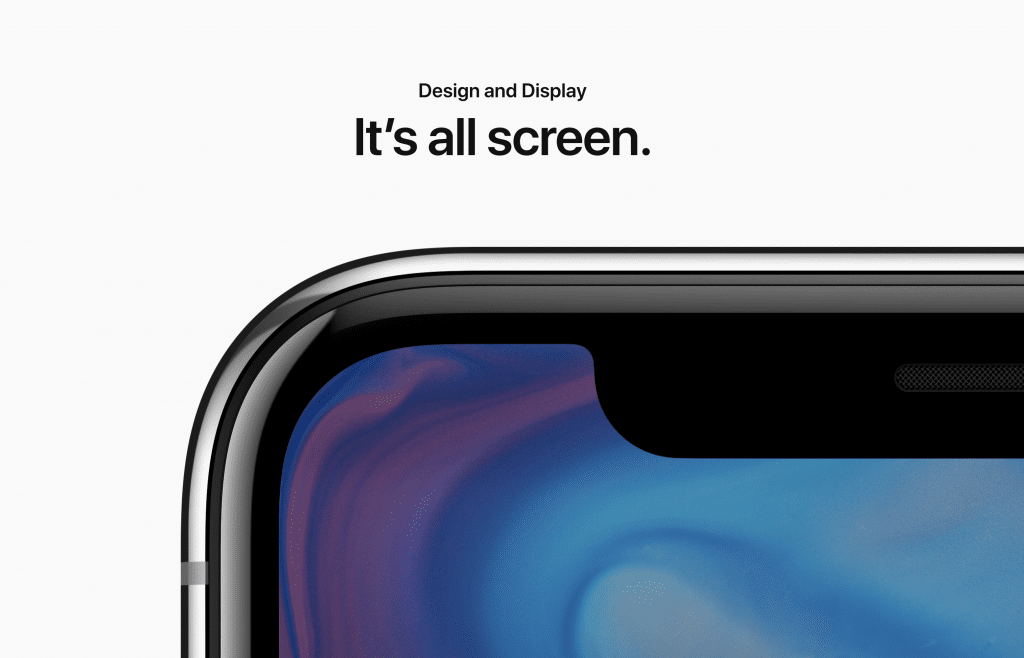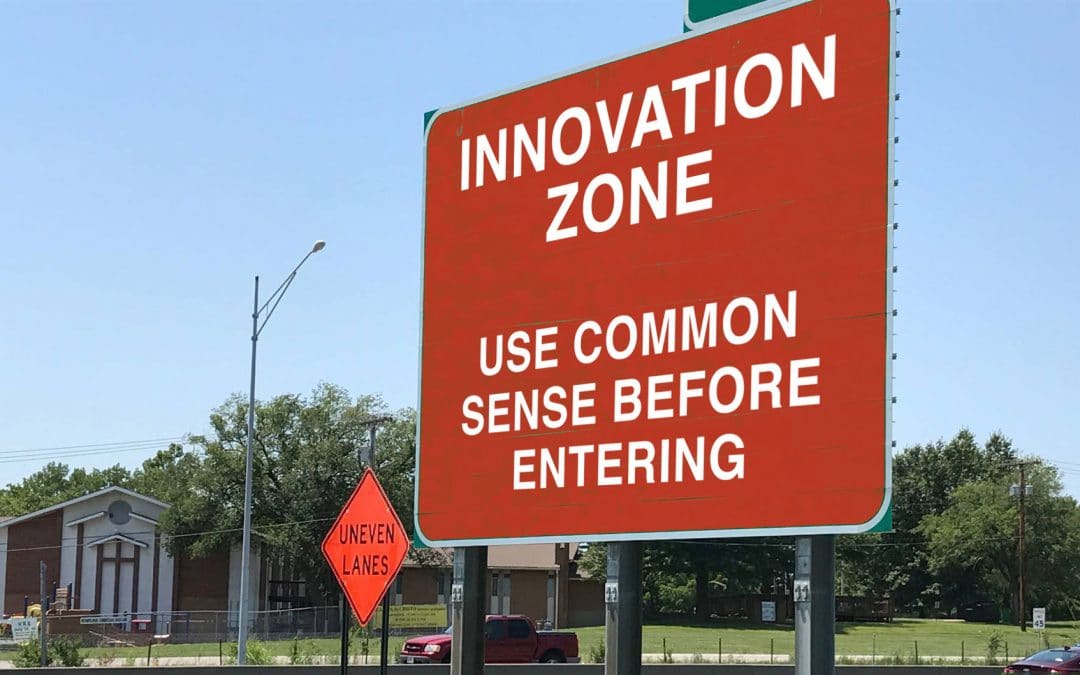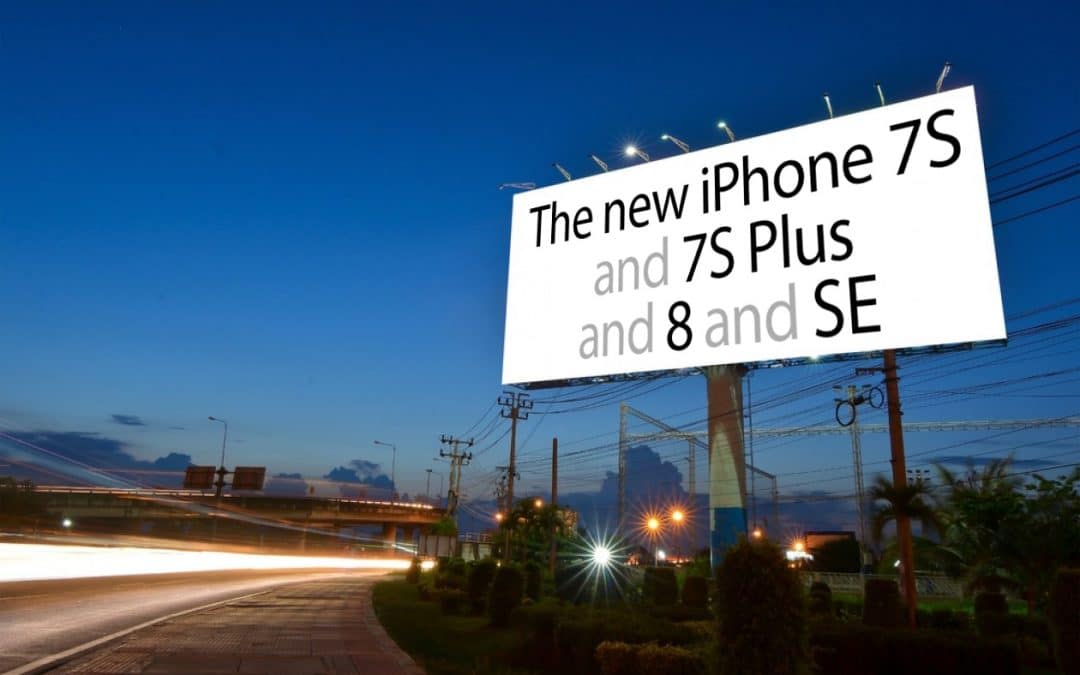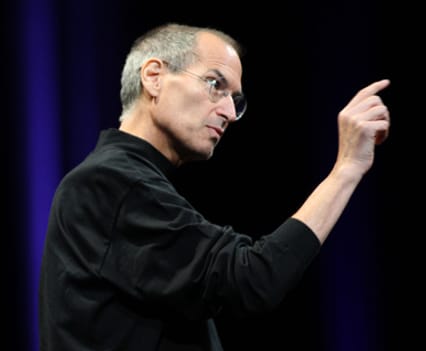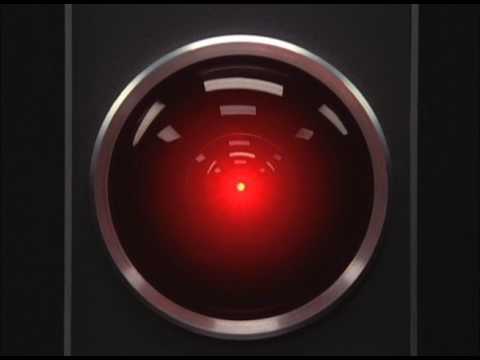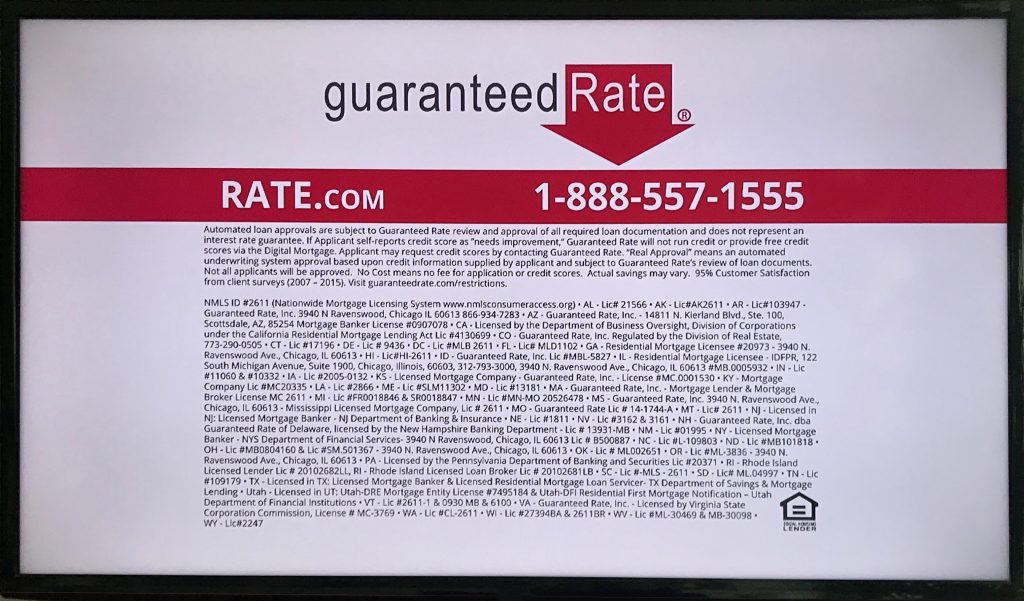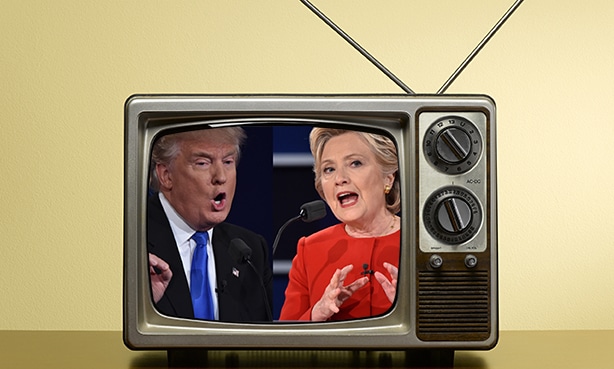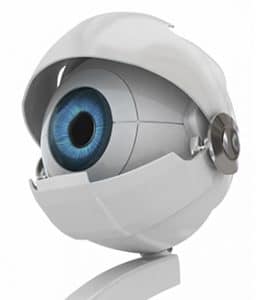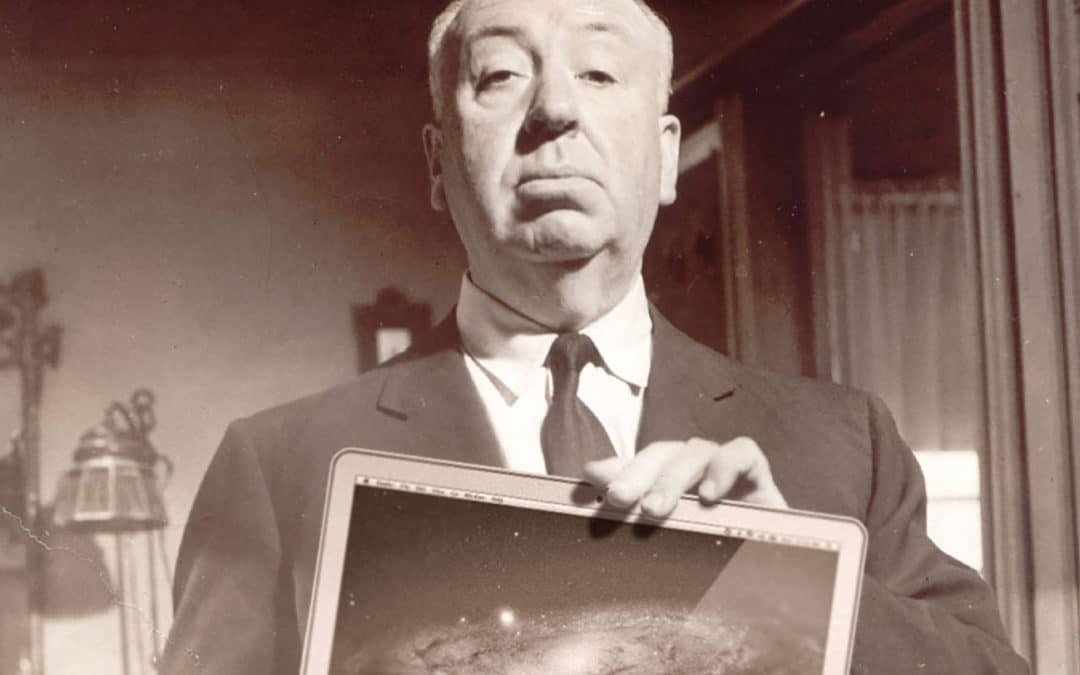
Now that my website has been redesigned into the 21st century, I thought it would be fun to start off with a little cross-century creativity.
Back in 1997, when Steve Jobs introduced the Think different campaign at an internal Apple marketing meeting, he noted that people we honored in the campaign didn’t actually use Apple technology, and then quipped, “but they would have.”
Cue Michael Rylander, designer/art director who was part of the agency Apple creative team back in those days. Steve’s words inspired him to let some of those great people reach into the future to get their hands on some iconic Apple products. Time travel courtesy of Photoshop, of course.Continue reading…

